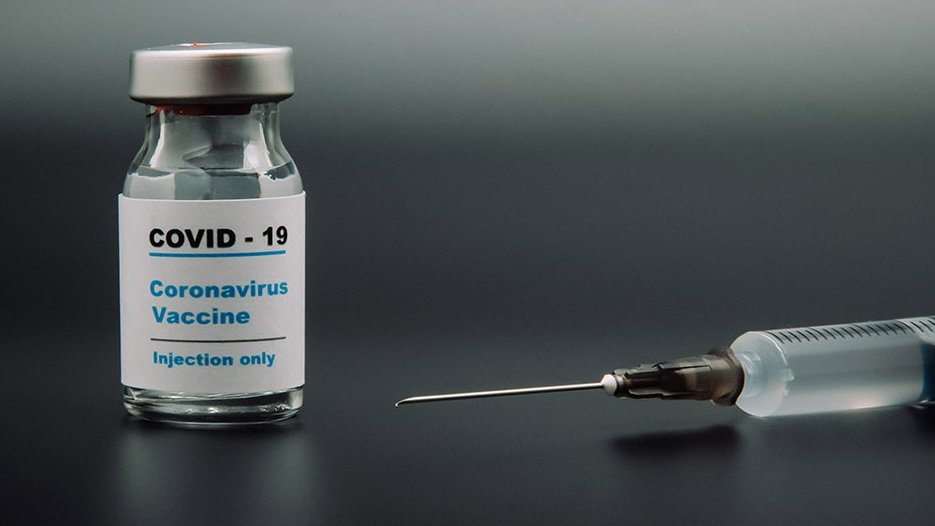The vaccine is being developed by SII in Pune and is said to have 70 percent of efficacy while it has got the approval for emergency usage from DGCI.
As the world ushers into a new year, it seems all our hopes and aspirations will bestow optimism as a vaccine that can tackle a deadly virus gets approval for usage. On the very first day of 2021, India has given a green signal to the Astra-Zeneca Oxford COVID-19 vaccine for emergency use in the country. As per various sources, the country plans to inoculate almost three crore frontline health workers and COVID warriors in its initial vaccination drives.
India has been one of the harshly hit countries in the world after the US where the total number of COVID positive cases so far are hovering around 1.3 crore and almost 1.5 lakh casualties. Contrary to these gloomy figures there’s a ray of hope of vaccine which promises to provide a palliative respite to many who have suffered economically and emotionally.
Besides that, India is also having four other vaccines in the fray that are getting developed but will take some time to arrive in the market. But, in the current scenario vaccine developed by Astra-Zeneca and Oxford University is our latest weapon against the might pathogen which is being developed by Serum Institute of India in Pune by the name of CoviShield.
What is Astra-Zeneca Oxford vaccine?
This vaccine developed by Astra-Zeneca and Oxford carries an attenuated version of the common cold virus which is also known as adenovirus and is found in Chimpanzees. This virus is a diminished form of its original version but is modified to behave like coronavirus and cannot sicken the patient. When people are being inoculated by this vaccine, it directs the bodies to form crucial anti-bodies to help fight the body to destroy coronavirus.
How does this vaccine work?
In accordance to information in Nature magazine, during the development of the vaccine, scientists take a spike protein from the coronavirus and then they attach that spike protein to a harmless virus, in this case, the adenovirus. Thereafter the vaccine is being given to a patient and then it starts producing multiple spike proteins as it enters more and more cells. In a response to fight the new spike protein, the body starts producing more and more T-cells to destroy cells having spike protein. Now, if an already vaccinated person gets infected from the virus, these T-cells get activated and destroy the spike protein of dangerous coronavirus which helps it to spread in all the cells throughout the body. As a consequence of it, that’s how the virus is being stopped from further multiplying itself in humans.
How much is the vaccine effective?
As of now, the Oxford Vaccine is said to have an efficacy of 70 percent which is comparatively less than those manufactured by Pfizer and Moderna in the US which has more than 90 percent of the efficacy. The vaccine is still considered to be the safest because it has not led to severe side-effects in any of the patients during its trial and is substantially working on elderly people having more than 55 years of age.
The vaccine is inoculated in two doses at a gap of 1-3 months and did show 62 percent efficacy during its India trials when given to patients at a gap of 1 month in two full doses. In addition, it also showed the efficacy of 90 percent when given a one-half dose and another full dose.
How much the vaccine will cost?
The Oxford vaccine which is developed by SII in India will cost around Rs. 500 to Rs. 600 as claimed by Adar Poonawalla, CEO of SII. Further, the vaccine can easily be stored and transported at a temperature of 2 to 8 degrees Celsius. This is seemingly an advantageous factor of the vaccine against other vaccines which need to stores at a temperature of minus 70 degrees Celsius.
As per various media reports, SII has so far manufactured 40 million doses primarily for India and is planning ahead to increase its production to 100 million doses by the month of March as it also plans the distribution in middle and lower-middle-income countries.

